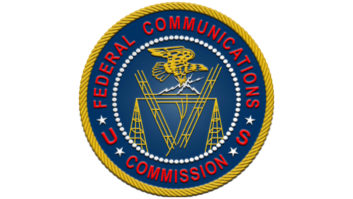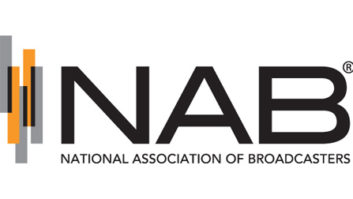The Prometheus Radio Project is setting out in more detail why it objects to a new FCC rule that allows more flexibility in where AM stations can site FM translators.
The LPFM advocate argues that the change hurts low-power FM broadcasters because it allows the largest commercial AM stations to place more FM translators near LPFM stations and further harms LPFM stations without affording them protections guaranteed under the Local Community Radio Act.
The rule in question allows the FM translator to be located anywhere within the AM’s daytime service contour or within 25 miles of the transmitter, even if the contour is farther than 25 miles out. The previous FCC rule said FM translators had to be sited within the smaller of its daytime service contour or the 25-mile radius of its transmitter.
“Initially, the FCC proposed that translators must keep their broadcast to within 40 miles of the AM station, which was consistent with helping smaller AM stations,” Prometheus officials wrote in a statement. “However, the January ruling removed this 40-mile limit, allowing the largest commercial AM stations to place FM translators far away from their core service area. At least 1,644 large AM stations stand to benefit from removal of the limit, subjecting most of the land area of the U.S. to extra demand for translators, which compete with LPFMs for space on the FM dial and can box them in.”

Prometheus released FM mapping graphics to help its argument. Prometheus said the first image shows pink and red areas where one or more translators could be placed by AMs due to the FCC’s recent removal of the 40-mile limit. (Each pink/red area is the daytime 2mV/m contour of an AM station minus the portion less than 40 miles from the respective AM station; darker pink/red indicates more AM stations could place translators there, it said.) It said the second image (see bottom) shows how an LPFM can be boxed in. “LPFM radio station KBLT(LP) below is shown with the push pin, and the two red-shaded areas are where it is now prohibited from moving because of the two recent translators for AM stations named in the figure. The clear circle is where KBLT(LP) could normally relocate.”
It believes the result will be an ever-expanding footprint for FM translators operated by higher-power AM stations with less space on the dial for LPFMs. LPFM stations also run the risk of being “boxed in” and unable to move in any direction.
“Radio stations in general, and LPFMs more than most, need to periodically relocate for financial and practical reasons, and are allowed to move within 3.5 miles of their location, or within a circle 7 miles in diameter. FCC rules allow a translator to move closer to an LPFM than an LPFM can move toward the translator, and prevent the LPFM from thereafter moving any closer to the translator,” Prometheus stated.
The rule change took effect April 10, part of the FCC’s AM Revitalization effort. Over 2,000 AM stations now rebroadcast on FM translators, according to FCC data.
Prometheus says the Local Community Radio Act was intended to give LPFM stations and FM translators equal status in the view of the FCC. “The commission enacted rules to protect this equality prior to the 2013 LPFM application period. The boxing-in problem is one of several LCRA equality issues that the FCC must address especially with increasing demand for, and possible increased supply of FM translators,” it wrote.
Prometheus petitioned the FCC for an emergency partial stay to prevent the new translator rule from taking effect. The FCC has yet to respond to the group’s request.
On Monday Radio World reported a sharp increase in the number of FM translator filings with the FCC last week since the new rules kicked in. Observers think at least part of that increase can be attributed to AM stations taking advantage of the new FCC rule easing FM translator site limitations.













